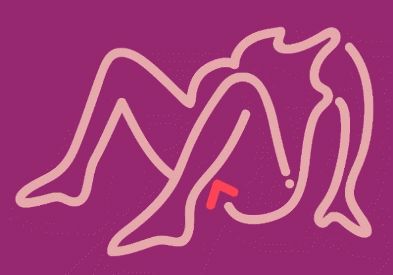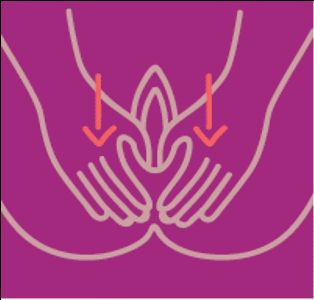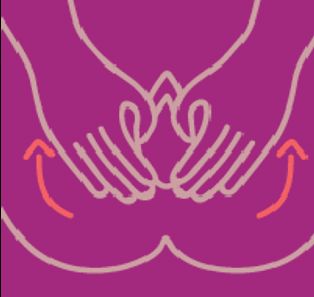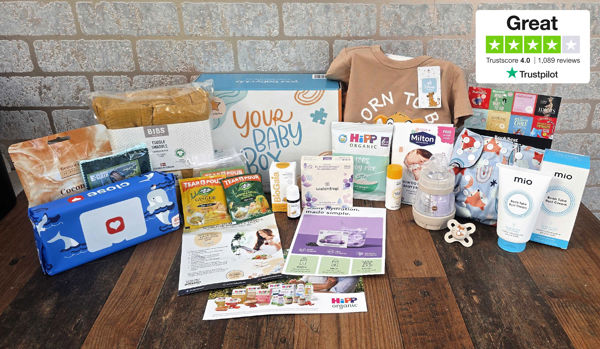Clinical data shows that 9 in 10 first time mothers who have a vaginal birth will experience some sort of perineal trauma, such as a tear, graze, or episiotomy [1], which can contribute to a slower physical and psychological recovery following childbirth.

Moreover, severe perineal trauma can also lead to long term issues, such as urinary and/or faecal incontinence, pelvic organ prolapse, vesicovaginal fistulas, lower levels of sexual satisfaction or pain during intercourse.
To explore the nation’s understanding of perineal trauma, at My Expert Midwife, we recently conducted a survey into this issue, which found that despite the common incidence, a shocking one in three (32%) women did not know that they might sustain perineal trauma when giving birth.
This lack of awareness might help to explain why over three quarters (74%) of those surveyed did not carry out perineal massage during pregnancy - a technique which has been shown in some cases to reduce the incidence and severity of perineal tearing. However, this data has brought to light that greater understanding of perineal trauma and preventative measures, including perineal massage, is vital.
What’s more, the findings also indicate that there exists a societal taboo surrounding the topic of perineal trauma and perineal massage in the UK. With almost a third (29%) of women admitting they feel embarrassed to discuss this subject, it’s clear that the time has come to tear up the rulebook and start talking about perineal trauma.
In a bid to tackle these issues, Lesley Gilchrist, Registered Midwife and Founder of My Expert Midwife, has launched the #PowerToThePerineum campaign, to ignite conversations about perineal trauma and eradicate the associated taboos.
That’s why here, Lesley has shared her expert advice on how to carry out perineal massage to help educate women on one of the steps they can take to prepare their perineum for labour and empower them to have a positive birth experience.
What is the perineum?
The perineum is the patch of skin between your vagina and anus and it is this part that is most likely to tear during childbirth.
While the majority of minor tears will heal without any long-term problems, 3rd and 4th-degree tears, which are more severe and involve the anal sphincter muscle, often need to be repaired in an operating theatre.
How to reduce the risk of tearing during childbirth
Some of the risks of having a tear during childbirth are predetermined by genetics, the position of your baby during birth and the position you are in when you give birth. However, among the things you can do to reduce the extent of tearing in childbirth, is to practice a simple technique called perineal massage.
This has been shown to help make the perineum more elastic and to stretch better during childbirth, therefore reducing your risk of tearing and the need for an episiotomy (a cut to the perineum, which may be recommended for medical reasons and should only be performed with your informed consent).

A step-by-step guide to perineal massage
It is recommended to start perineal massage from 34 weeks pregnant, doing it three to four times a week, for around three or four minutes at a time.
- First, find a perineal massage oil. You can use one specially blended and designed for perineal massages – such as Peri Prep Your Bits - or an oil such as almond oil.
- Wash your hands.
- Sit comfortably, bring your knees together and towards your chest and then open your knees like a book, or you may find it easier to put one foot on the toilet/bath/stool in a similar way to how you would insert a tampon.
- Put a small amount of massage oil on your perineum to make the massage more comfortable.
- Using your thumbs, insert them into your vagina and then place your forefingers on the skin of your perineum.
- You now need to stretch this skin gently by pressing downwards towards your anus and to the sides until you feel a slight burning, stretching sensation
- Hold the stretch for 1 to 2 minutes. Then massage the area between your thumb and fingers upwards and outwards and back again in a “U” shape.

Perineal massage should not be painful, and, with time and practice, it will become effortless.
However, as your pregnancy progresses, you may find it easier to invite your partner to perform this for you.
A video demonstrating how to do to perineal massage can also be viewed here.
[1] As reported by the Royal College of Obstetricians and Gynaecologists







